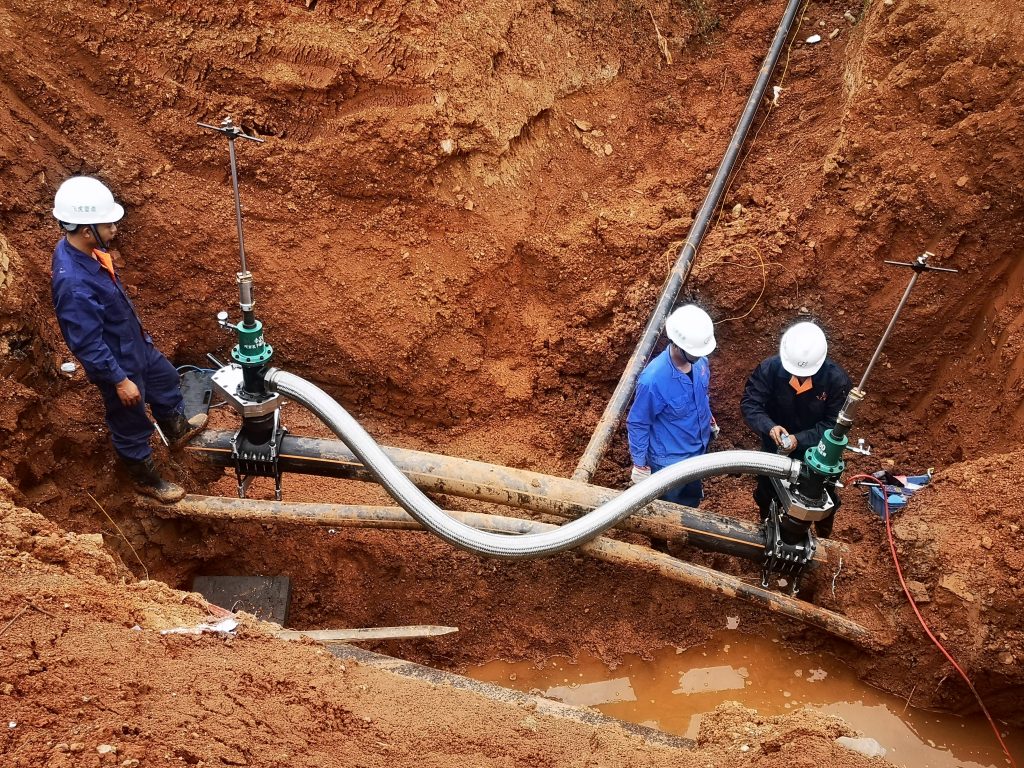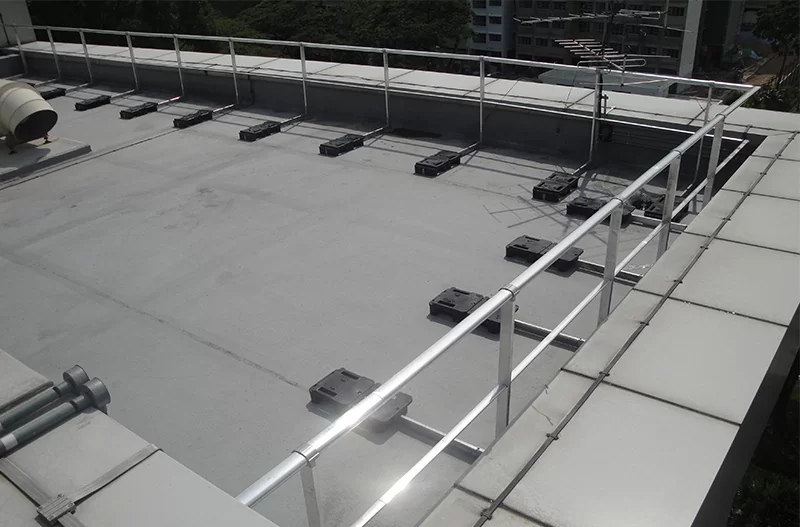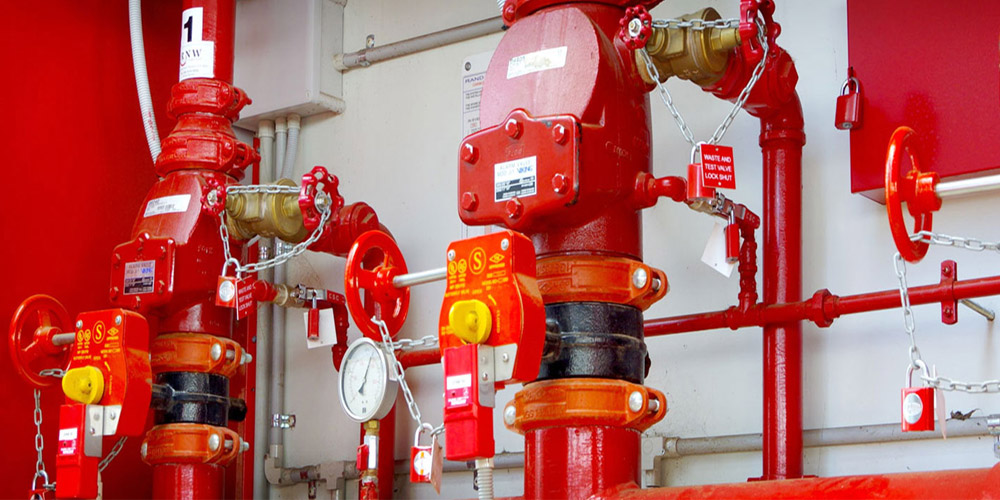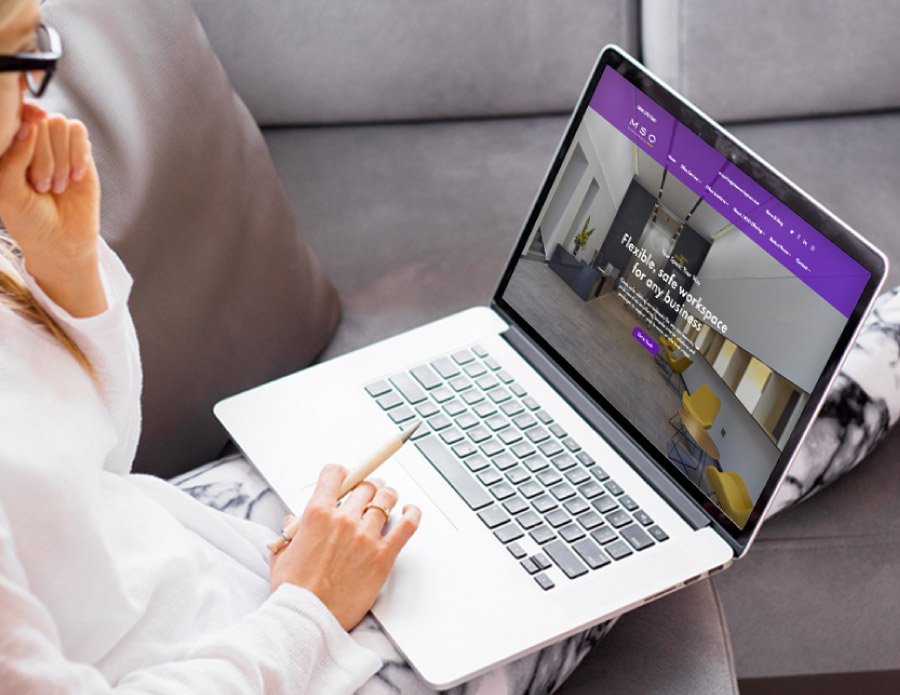Buildings today are evolving rapidly, no longer functioning as mere structures but as dynamic ecosystems. An IoT based building management system is at the heart of this transformation, revolutionizing how facilities operate, optimize resources, and serve their occupants. By harnessing the power of the Internet of Things (IoT), building managers gain unprecedented control, efficiency, and insight to create smarter, greener, and more sustainable environments.
What is an IoT Based Building Management System?
An IoT based building management system integrates connected sensors, devices, and software platforms to monitor and control various building functions. Unlike traditional building management systems that rely heavily on manual processes and isolated systems, IoT-enabled BMS collects real-time data from diverse sources such as HVAC units, lighting, security cameras, and energy meters. This data is then analyzed to deliver actionable insights that improve operations and reduce costs.
Key components typically include:
- Smart sensors that detect environmental conditions, occupancy, and equipment status.
- Connectivity platforms enabling communication between devices and central management systems.
- Cloud-based analytics to process data and generate predictive insights.
- User interfaces that allow remote monitoring and control.
This interconnected system enables seamless automation, predictive maintenance, and energy optimization that conventional systems cannot match.
How IoT Transforms Building Operations
The power of an IoT based building management system lies in its ability to provide real-time visibility and control. Instead of reacting to problems after they arise, building managers can proactively prevent downtime and inefficiency through predictive maintenance. For example, if a sensor detects a decline in HVAC performance, the system can alert technicians before a costly failure occurs.
Automation plays a crucial role as well. Lighting and temperature settings can adjust automatically based on occupancy and time of day, ensuring comfort for occupants while minimizing energy waste. Remote access allows facility managers to oversee multiple sites from anywhere, streamlining operations for portfolios of buildings.
Such intelligent building management creates a highly responsive environment that adapts to changing conditions instantly—saving energy, reducing operational costs, and enhancing occupant well-being.
Key Benefits of an IoT Based Building Management System
Adopting an IoT based building management system delivers numerous advantages that go beyond basic facility management:
Operational Efficiency: Automation reduces manual interventions, freeing staff to focus on strategic initiatives rather than routine tasks. Real-time monitoring quickly identifies issues, reducing downtime and improving overall system reliability.
Energy Savings: By optimizing heating, cooling, and lighting based on actual usage and environmental data, buildings can dramatically cut energy consumption. This leads to significant cost savings on utility bills and supports corporate sustainability goals.
Sustainability: Smart buildings contribute to a lower carbon footprint by minimizing waste and optimizing resource utilization. Many organizations use IoT-driven insights to comply with green building certifications and regulatory standards.
Enhanced Occupant Comfort: Automated climate control and lighting tailored to occupant needs improve comfort and productivity, leading to better user satisfaction and retention.
Scalability: Whether managing a single facility or an entire portfolio, IoT-based systems are designed to scale. This flexibility makes it easy to add new devices, features, or locations without disrupting existing operations.
Data Security in IoT Building Management
With increased connectivity comes the vital responsibility of protecting sensitive operational and personal data. A trustworthy IoT based building management system prioritizes cybersecurity by implementing robust safeguards such as:
- End-to-end data encryption.
- GDPR-compliant data privacy policies.
- Anonymization of personal information.
- Strict access control mechanisms to ensure only authorized personnel can view or modify data.
By embedding security into every layer of the system, organizations can confidently deploy IoT technologies while minimizing risks.
How to Choose the Right IoT Based Building Management System
Selecting the ideal solution involves considering:
- Scalability and Flexibility: Can the system grow with your needs and integrate easily with existing infrastructure?
- Vendor Expertise: Does the provider have a strong track record in delivering reliable, innovative IoT solutions?
- Customer Support: Is technical assistance readily available for smooth implementation and ongoing operations?
- Security Standards: Does the system comply with the latest data protection regulations and cybersecurity best practices?
Partnering with an experienced provider ensures your investment delivers measurable results and long-term value.
The Future of IoT in Building Management
As IoT technologies advance, their integration with artificial intelligence (AI), machine learning, and digital twin simulations will further enhance building management capabilities. Predictive analytics will become more accurate, enabling even more efficient resource use and early issue detection.
The growing emphasis on net-zero energy buildings and smart city initiatives will accelerate adoption, making IoT based building management systems an essential tool in achieving global sustainability targets.
Why Partner with Experts Like Advancer Smart Technology (AST)
Advancer Smart Technology (AST) leads the industry with its cutting-edge IoT based building management system solutions. AST is committed to simplifying building operations while optimizing resource use and minimizing environmental impact. Their offerings stand out for combining:
- Innovative IoT technologies tailored to unique client needs.
- Strict adherence to data security and privacy, including GDPR compliance.
- Scalable solutions fit for single facilities or extensive portfolios.
- A customer-first approach focused on delivering measurable efficiency and sustainability outcomes.
By choosing AST, organizations gain a trusted ally dedicated to transforming buildings into smarter, greener spaces that thrive in today’s demanding environment.
Takeaway
The transition to an IoT based building management system represents a paradigm shift in how buildings operate and contribute to sustainability. Real-time data, automation, and predictive insights enable more efficient, comfortable, and eco-friendly environments.
Businesses that embrace this technology position themselves for future growth, cost savings, and enhanced occupant satisfaction. With partners like Advancer Smart Technology, the journey toward intelligent, sustainable building management becomes seamless and impactful.















